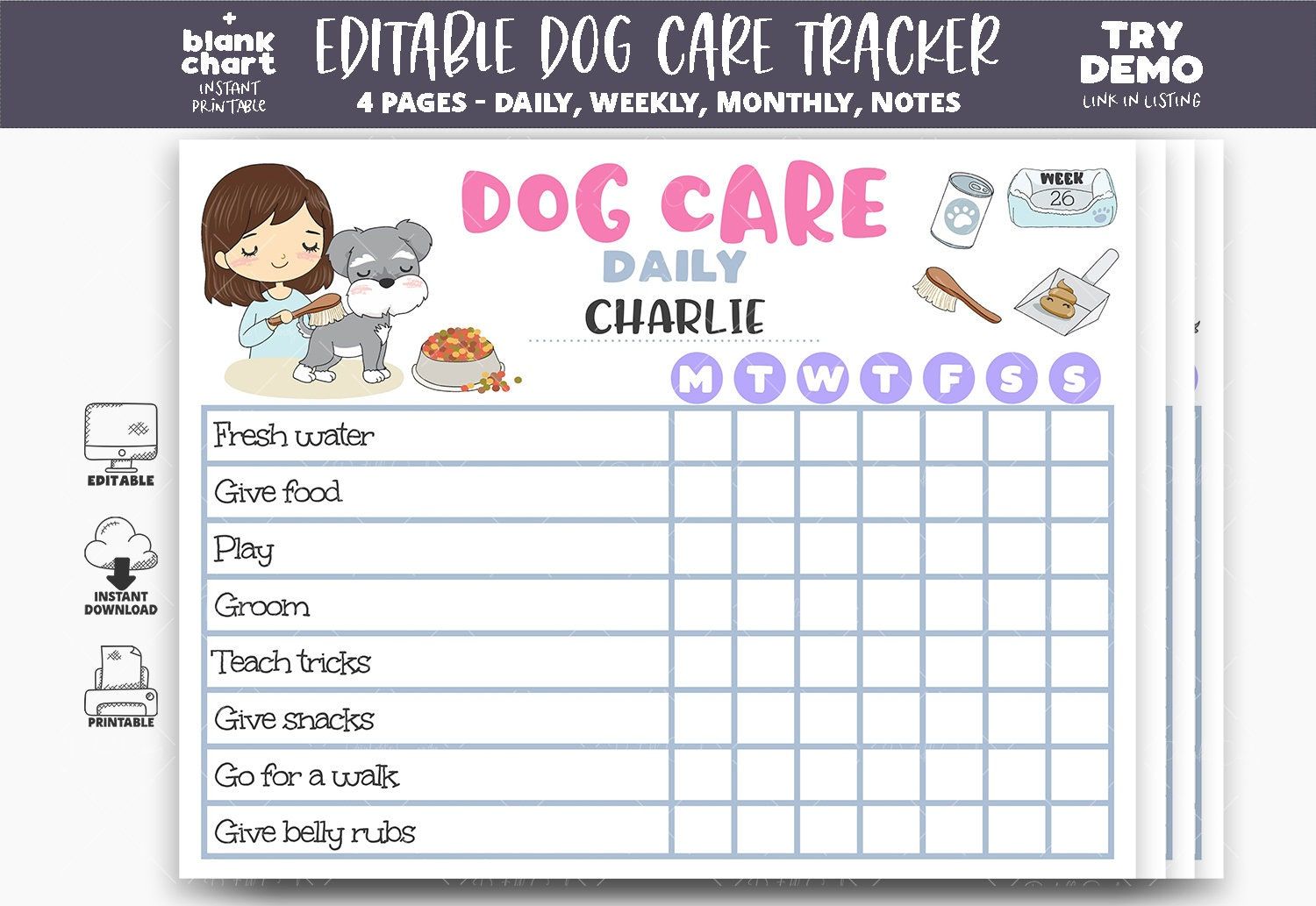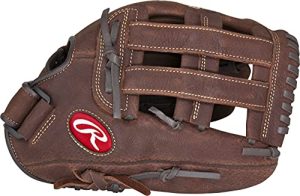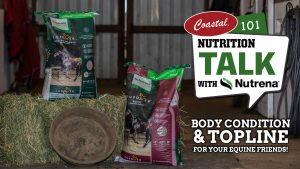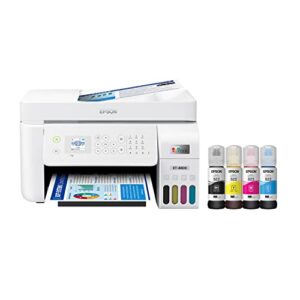Contents
- Importance of a Dog Feeding Chart
- Creating a Dog Feeding Chart
- Designing the Printable Dog Feeding Chart
- Filling in the Printable Dog Feeding Chart
- Tracking Changes and Adjustments
- Using the Dog Feeding Chart for Health Concerns
- Tips for Keeping the Dog Feeding Chart Organized
- Handling Feeding Challenges
- Common Mistakes to Avoid
- Conclusion
Imagine a world where keeping track of your furry friend’s mealtime becomes a breeze. With the innovative “Printable Dog Feeding Chart,” you will never have to guess or wonder about your pup’s nutrition again. This handy chart provides you with a straightforward and easy-to-use format to record your dog’s feeding schedule, ensuring that they receive the right amount of food at the right time. From puppies to senior dogs, this printable chart caters to all ages and sizes, making it a must-have for every dog owner. Say goodbye to confusion and hello to organization with the Printable Dog Feeding Chart.
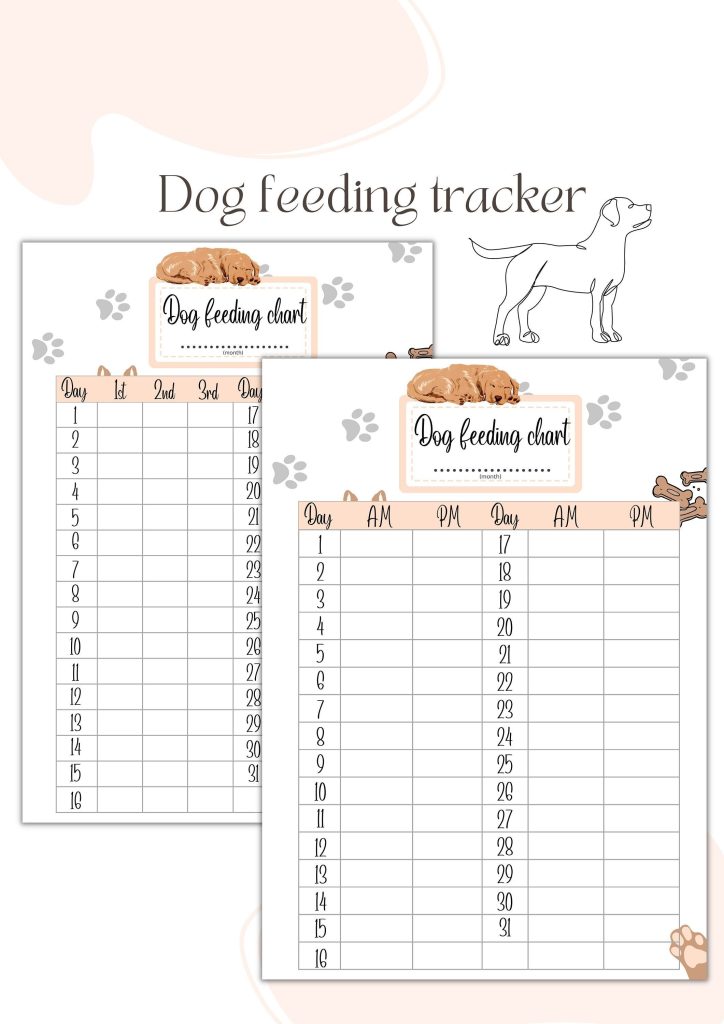
Importance of a Dog Feeding Chart
Proper Nutrition
One of the most important aspects of caring for a dog is ensuring they receive proper nutrition. A dog feeding chart is a valuable tool that can help you provide your furry friend with a well-balanced diet. By carefully planning and tracking their meals, you can ensure they are getting all the essential nutrients they need to maintain optimal health.
Portion Control
Portion control is crucial when it comes to feeding your dog. A dog feeding chart allows you to precisely measure out the appropriate portion sizes for your canine companion. This ensures that they are neither underfed nor overfed, which can lead to weight problems and other health issues. By following a feeding chart, you can easily maintain portion control and keep your dog at a healthy weight.
Managing Weight
Maintaining a healthy weight is vital for your dog’s overall well-being. Just like humans, dogs can become overweight or underweight. A dog feeding chart helps you keep track of your dog’s food intake and monitor their weight. By regularly updating the chart and making adjustments as needed, you can effectively manage your dog’s weight and prevent any potential health problems associated with weight gain or loss.
Tracking Changes in Appetite
An important aspect of a dog’s health is their appetite. A change in appetite could be a sign of an underlying health issue or simply a natural fluctuation. A dog feeding chart allows you to keep track of your dog’s eating habits over time. By recording their meals and treats, you can easily identify any changes in appetite and discuss them with your veterinarian if necessary.
Creating a Dog Feeding Chart
Consulting a Veterinarian
Before creating a dog feeding chart, it is essential to consult with your veterinarian. They can provide valuable advice and guidance based on your dog’s specific needs. A veterinarian can help determine the appropriate caloric intake, suggest the right dog food options, and advise on meal frequency based on your dog’s age, size, and activity level.
Determining the Daily Caloric Needs
Each dog has different daily caloric needs based on factors such as age, size, breed, and activity level. Your veterinarian can help you determine the appropriate caloric intake for your dog. Once you have this information, you can use it as a guide to create a dog feeding chart that reflects the specific nutritional requirements of your furry friend.
Choosing the Right Dog Food
Selecting the right dog food is crucial for their overall health and well-being. There are various options available, including dry kibble, wet canned food, and raw diets. Your veterinarian can recommend the best dog food based on your dog’s specific needs. When creating your dog feeding chart, be sure to include the specific brand and type of dog food your dog will be consuming.
Deciding on Meal Frequency
The frequency of meals depends on several factors, including your dog’s age, size, and activity level. Puppies generally require more frequent meals than adult dogs, while larger breeds may benefit from smaller, more frequent meals. Consult with your veterinarian to determine the appropriate meal frequency and incorporate it into your dog feeding chart.
Considering the Dog’s Age and Size
Both age and size play significant roles in a dog’s nutritional needs. Puppies have different dietary requirements than adult or senior dogs, while small breeds may have different needs than larger breeds. Consider your dog’s age and size when creating a feeding chart to ensure their nutritional needs are met accordingly.
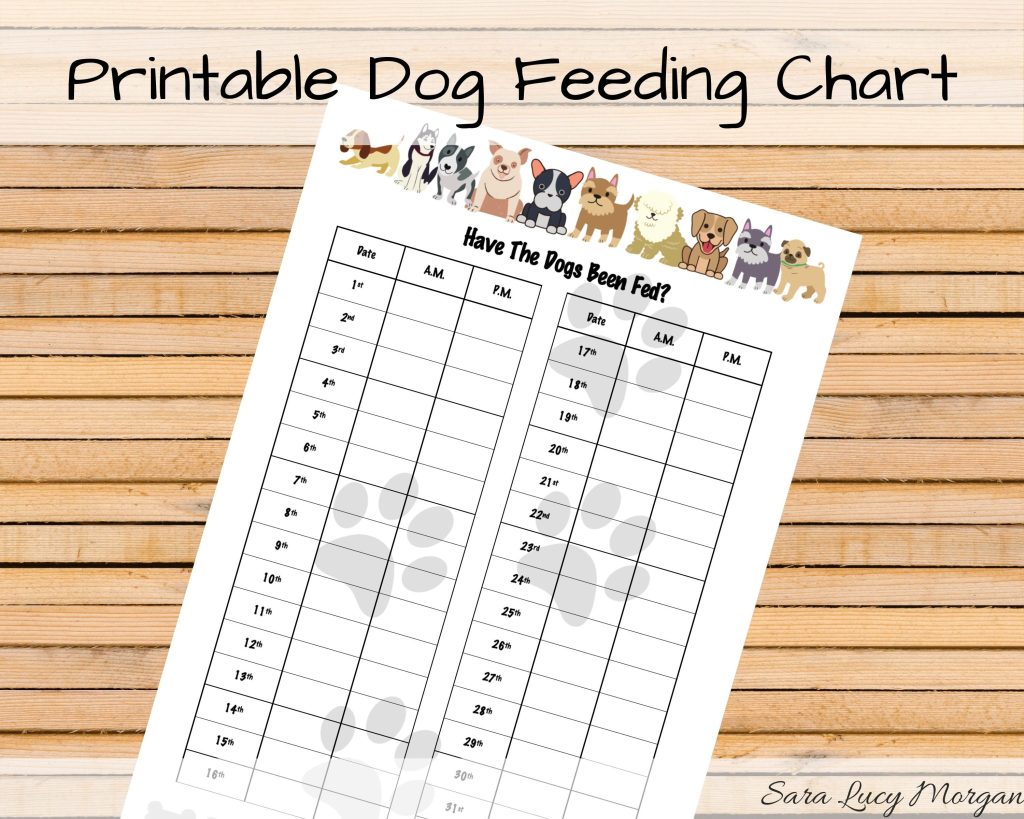
Designing the Printable Dog Feeding Chart
Using a Template or Designing from Scratch
When it comes to designing a printable dog feeding chart, you have two options: using a pre-made template or designing one from scratch. Pre-made templates are readily available online and can save you time and effort. However, if you prefer a more personalized touch, designing your own chart allows you to include all the specific details you need.
Including Essential Information
To make the dog feeding chart comprehensive and useful, include essential information such as the dog’s name, age, weight, and any specific dietary requirements or restrictions. This information will help you and others understand the chart and ensure your dog’s needs are met correctly.
Adding Space for Daily Notes
Leave ample space on the chart for daily notes, observations, or any changes you notice in your dog’s behavior, health, or appetite. These notes can provide valuable insights for both you and your veterinarian and help troubleshoot any potential issues that may arise.
Making the Chart Easily Accessible
Once you have designed the printable dog feeding chart, make sure it is easily accessible. Place it in a prominent location in your home, such as on the refrigerator or in a dedicated pet care area. This accessibility will remind you to update the chart regularly and ensure it is always within reach when you need to record information.
Filling in the Printable Dog Feeding Chart
Recording the Date
Start each entry on the dog feeding chart by recording the date of the day you are documenting. This allows you to keep track of your dog’s meals chronologically, making it easier to spot patterns or changes over time.
Noting the Meals and Treats
Record each meal and treat your dog receives throughout the day. This includes both their regular meals and any additional treats or snacks they may have. By keeping a comprehensive record, you can accurately assess your dog’s overall food intake and identify any potential issues or imbalances.
Indicating Portion Sizes
Include the portion sizes of each meal on the feeding chart. This helps you monitor portion control and ensure your dog is receiving the appropriate amount of food. Note any changes made to portion sizes or special instructions from your veterinarian.
Monitoring Water Intake
Water intake is just as important as food intake for your dog’s health. Monitor their water intake and indicate it on the feeding chart. Changes in water consumption could be a sign of underlying issues, and tracking it helps paint a complete picture of your dog’s overall well-being.
Tracking Special Dietary Requirements
If your dog has any special dietary requirements or restrictions, such as allergies or sensitivities, make sure to note them on the feeding chart. This information will remind you and others in your household to adhere to any specific dietary instructions and prevent accidental feeding of foods that could be harmful to your dog.
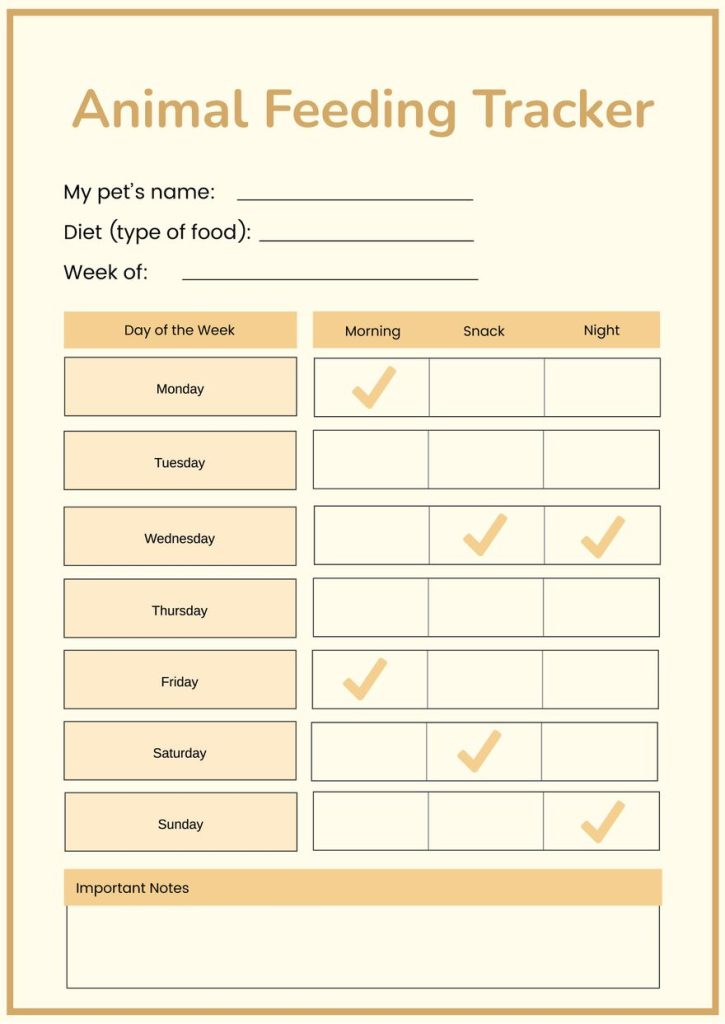
Tracking Changes and Adjustments
Monitoring Weight Changes
Regularly check your dog’s weight and track it on the feeding chart. Fluctuations in weight can indicate changes in health or diet. By monitoring weight changes, you can better understand your dog’s progress and make any necessary adjustments to their feeding plan.
Keeping an Eye on Stool Quality
The quality of your dog’s stool is a good indicator of their digestive health. Monitor the consistency, color, and frequency of your dog’s stool and record any observations on the feeding chart. Changes in stool quality could be a sign of dietary issues or other health concerns.
Noting Any Digestive Issues
If your dog experiences any digestive issues, such as vomiting or diarrhea, make sure to note them on the feeding chart. This information can help you identify potential triggers or food sensitivities and allow your veterinarian to provide appropriate guidance.
Observing Changes in Coat Condition
A dog’s coat condition can reflect their overall health and nutrition. Keep an eye on your dog’s coat for any changes in texture, shine, or excessive shedding. Record any observations on the feeding chart, as they can provide valuable information about your dog’s dietary needs.
Recording Behavioral Changes
Some behavioral changes may be linked to diet and nutrition. If you notice any unusual behaviors or changes in your dog’s energy levels or overall temperament, record them on the feeding chart. Sharing this information with your veterinarian can help them assess your dog’s well-being comprehensively.
Using the Dog Feeding Chart for Health Concerns
Identifying Food Allergies
A feeding chart can be particularly helpful in identifying and managing food allergies in dogs. By tracking your dog’s diet and noting any adverse reactions or symptoms, such as itching, gastrointestinal issues, or skin irritations, you can narrow down potential allergens and work with your veterinarian to eliminate them from their diet.
Managing Weight Loss or Gain
If your dog needs to lose or gain weight, a feeding chart can be an invaluable tool. By precisely measuring and monitoring their food intake, you can make adjustments to their diet to achieve the desired weight goals. Regularly consult with your veterinarian for guidance on managing weight loss or gain effectively.
Monitoring Medication and Supplements
If your dog requires medication or supplements, include them on the feeding chart. This ensures that you administer them at the appropriate times and with the correct meals if necessary. Keeping track of medication and supplements helps maintain consistency and ensures your dog receives the intended benefits.
Tracking Responses to Dietary Changes
If you make any dietary changes for your dog, such as switching to a different brand or type of dog food, use the feeding chart to track their responses. Note any improvements or potential adverse effects to determine whether the change is beneficial or suitable for your dog’s specific needs.
Implementing a Diet Plan
In some cases, dogs may require a specific diet plan to manage certain health conditions. A feeding chart can play a crucial role in implementing and monitoring a specialized diet plan. By following the chart and making necessary adjustments as advised by your veterinarian, you can effectively manage your dog’s health and well-being.
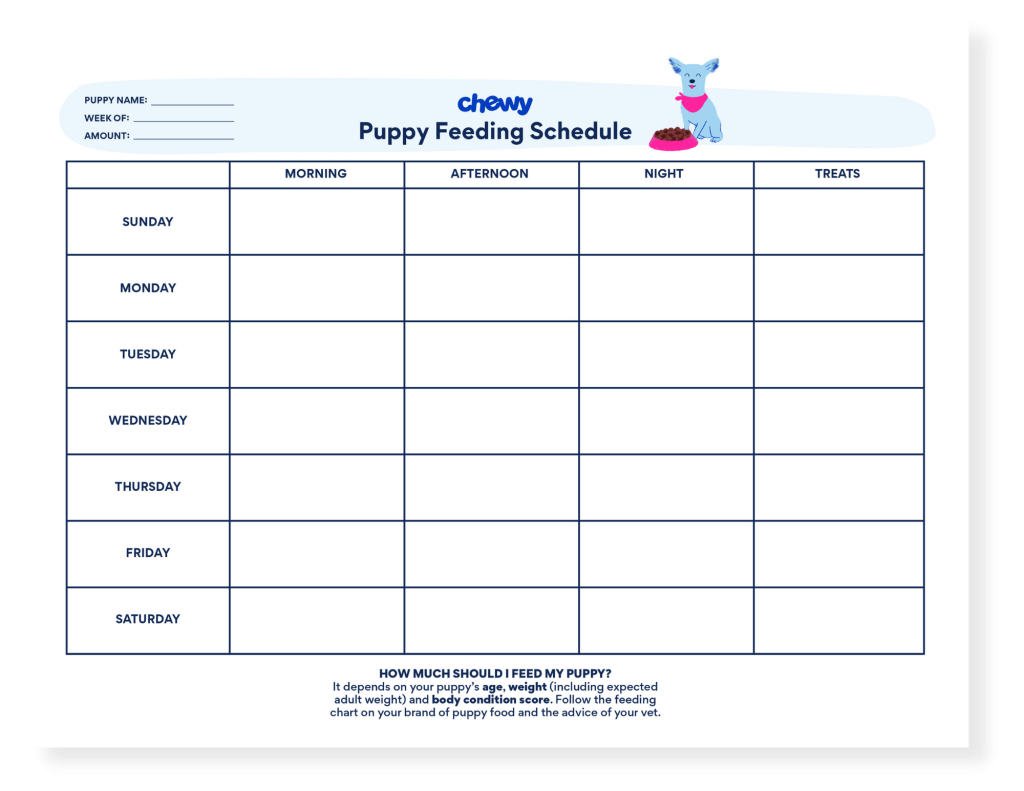
Tips for Keeping the Dog Feeding Chart Organized
Using Color-Coding for Different Aspects
To make the dog feeding chart visually appealing and easy to read, consider using color-coding for different aspects. For example, you can assign a specific color for meals, treats, water intake, special dietary requirements, and any other relevant information. This color-coding system can help you quickly identify and interpret the information recorded on the chart.
Implementing a File or Binder System
As your dog feeding chart grows, it may be helpful to implement a file or binder system to keep everything organized. This allows you to easily access past records, compare data, and track long-term trends. Divide the chart into sections or use dividers to categorize different periods, such as months or years.
Establishing a Feeding Routine
Establishing a consistent feeding routine is beneficial for both you and your dog. Whether you choose to feed your dog once or multiple times a day, stick to a schedule and record the feeding times on the chart. This routine not only helps you manage their meals effectively but also contributes to their overall well-being by promoting digestion and preventing digestive issues.
Keeping the Chart Updated Regularly
To ensure the accuracy and effectiveness of the dog feeding chart, it is essential to update it regularly. Make it a habit to record the necessary information promptly and review the chart periodically for any overlooked data or potential adjustments. Consistent updates help you stay on top of your dog’s nutrition and health.
Reviewing and Analyzing the Data
Regularly reviewing and analyzing the data on the dog feeding chart can provide valuable insights into your dog’s overall health and well-being. Look for patterns, trends, or any significant changes that may require attention or further investigation. Discuss any concerns or observations with your veterinarian for a more thorough evaluation.
Handling Feeding Challenges
Dealing with Picky Eaters
Some dogs can be picky eaters, making mealtime a challenge. If your dog has a discerning palate, use the feeding chart to monitor their food preferences and identify any patterns. This can help you adjust their diet and offer alternatives that meet their nutritional needs while still keeping their taste buds satisfied.
Addressing Overeating or Begging
Overeating or begging for food can lead to weight gain and other health issues. Use the feeding chart to control portion sizes and establish a consistent feeding routine. Stick to the recorded meal times and avoid giving in to begging behaviors, as this can disrupt the feeding plan and compromise your dog’s health.
Managing Multiple Dogs
If you have multiple dogs with different dietary needs, a feeding chart can be immensely helpful in organizing their meals. Create separate sections or columns on the chart for each dog, clearly indicating their name, portion sizes, and any specific instructions. This ensures that each dog receives the appropriate food and eliminates any confusion or accidental mixing of diets.
Introducing New Foods Gradually
When introducing new foods to your dog’s diet, it is essential to do so gradually to prevent digestive upset. Use the feeding chart to track the introduction of new foods and note any reactions or changes in your dog’s behavior or stool. Gradual food introduction allows your dog’s digestive system to adjust and helps you identify any potential sensitivities or allergies.
Seeking Professional Help if Needed
If you are facing significant challenges or concerns related to feeding your dog, do not hesitate to seek professional help. Your veterinarian is the best resource for addressing any complex issues or unique dietary requirements. They can provide expert guidance and create a specialized feeding plan tailored to your dog’s individual needs.
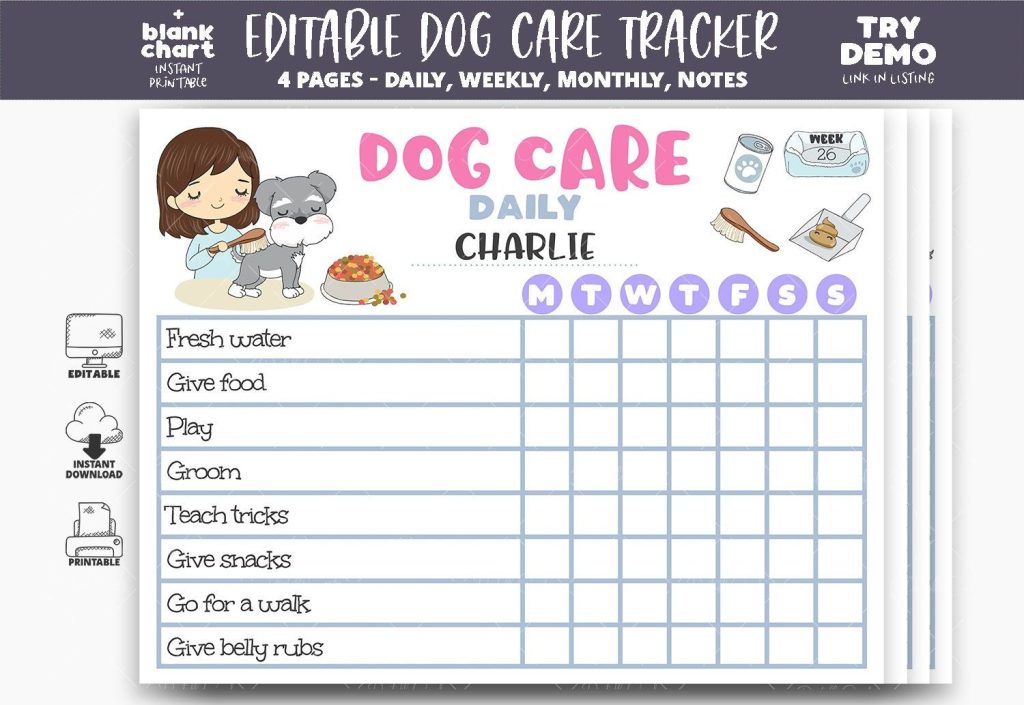
Common Mistakes to Avoid
Neglecting to Adjust Portion Sizes
One common mistake is failing to adjust portion sizes as your dog’s weight or activity level changes. It is crucial to regularly evaluate and update the portion sizes recorded on the feeding chart to ensure your dog is receiving an appropriate amount of food.
Inconsistent Recording of Information
Another mistake to avoid is inconsistent recording of information on the feeding chart. Make it a habit to record all meals, treats, and relevant details consistently to maintain accurate data. This consistency ensures that you have a comprehensive record of your dog’s nutrition and health.
Not Considering Dietary Requirements
Every dog has unique dietary requirements, and it is essential to consider these when creating a feeding plan. Neglecting to account for any special dietary needs or restrictions can lead to health issues or inadequate nutritional intake. Consult with your veterinarian to develop a feeding chart that incorporates all necessary dietary requirements.
Overlooking the Importance of Water
While the feeding chart primarily focuses on food intake, it is equally important to monitor your dog’s water intake. Water plays a vital role in maintaining hydration and overall health. Make sure to include water intake on the feeding chart and track any changes or abnormalities.
Failing to Monitor Weight and Health
Lastly, failing to monitor your dog’s weight and overall health regularly can prevent timely interventions and adjustments to their feeding plan. Keep a watchful eye on their weight, coat condition, stools, and behaviors. Any significant changes should be addressed promptly with the guidance of your veterinarian.
Conclusion
Benefits of Using a Dog Feeding Chart
A dog feeding chart is a valuable tool that offers numerous benefits for dog owners. By using a chart, you can ensure your dog receives proper nutrition, maintain portion control, manage weight effectively, and track changes in appetite and health. It provides structure and organization to your dog’s feeding routine, promoting their overall well-being.
Successful Implementation for Optimal Health
To successfully implement a dog feeding chart, consult with a veterinarian to determine your dog’s daily caloric needs, choose the right dog food, and decide meal frequency based on age and size. Design a printable chart that includes essential information, space for notes, and is easily accessible. Fill in the chart daily, tracking meals, treats, portion sizes, water intake, and special dietary requirements.
The Printable Dog Feeding Chart as a Valuable Tool
A printable dog feeding chart is an invaluable tool for dog owners seeking to provide the best care for their furry friends. It helps track and manage their nutrition, weight, and overall health. By staying organized and regularly updating the chart, you can effectively monitor your dog’s progress, identify any issues or changes, and work proactively with your veterinarian to ensure their optimal health and well-being.

